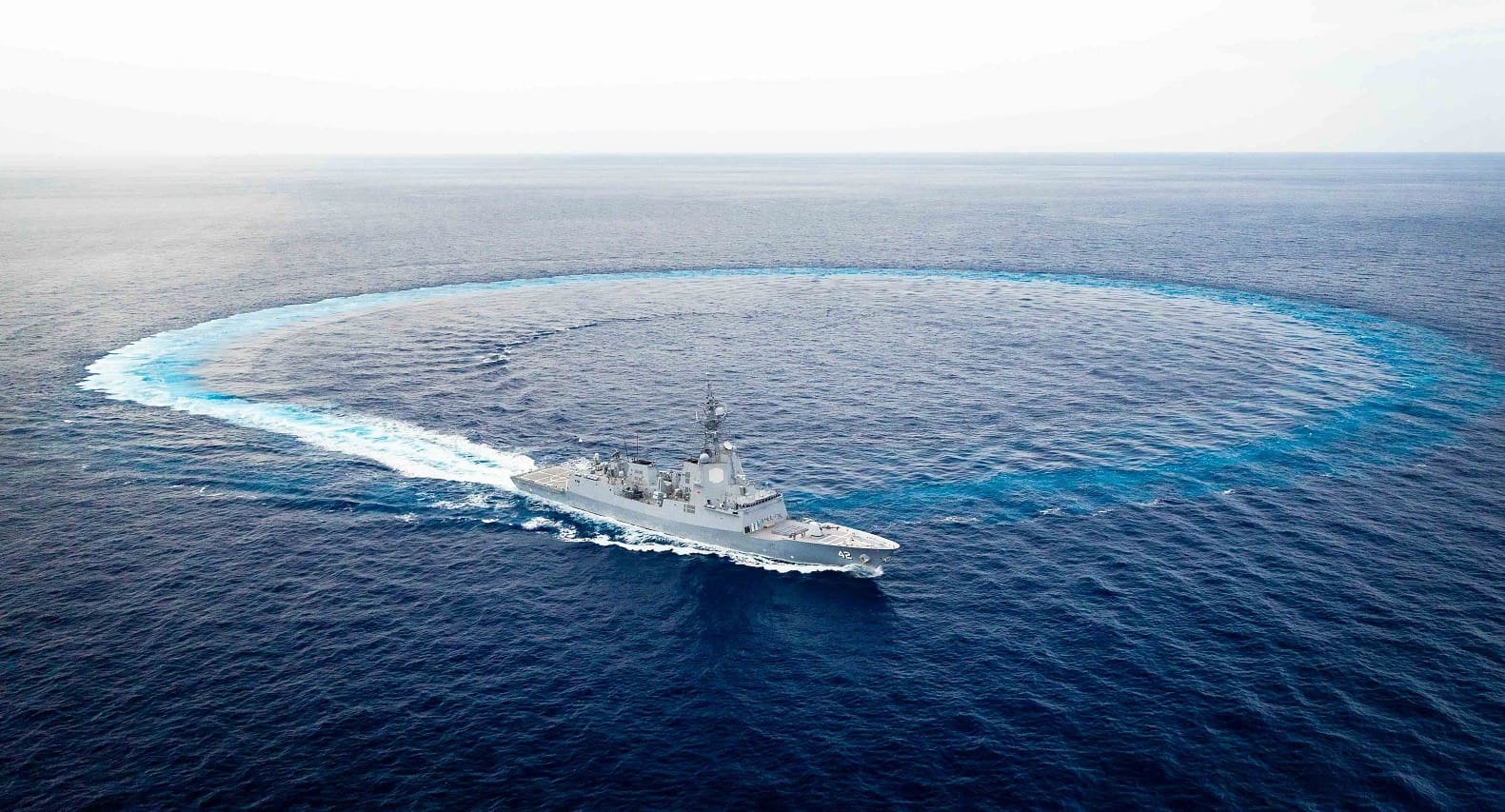Both Europe and Australia are waking up, not only to the challenges of a more antagonistic world order, but to the imperative of working together to address the common problems we face. This has been a long time coming.
The collapse of the USSR in 1991 yielded a “peace dividend” that manifested in a 20-year decline in Europe’s defence spending and industrial base. Even the shock of Russia’s illegal seizure of Crimea in 2014 did not dispel the torpor that had settled over a continent comforted by the promise of American military support enshrined in NATO’s Article 5, which pledges collective defence in case of armed attack against any member.
Vladimir Putin’s full-scale invasion of Ukraine in February 2022 finally blew out the security cobwebs. As Russia specialist Keir Giles observed in his 2024 book Who will defend Europe?: “After hitting the snooze button for over a decade, some parts of Europe have definitely woken up.”
Europe is transforming, affording both lessons and strategic opportunities for Australia, if we are agile and open minded enough to grasp them.
Catalysing this has been the disruptive impact of Donald Trump’s return to the White House and Europeans’ realisation that the dazzle of the El Dorado in the far east had blinded them to the challenges and risks in China’s determined quest for global strategic sway.
Europe is transforming, affording both lessons and strategic opportunities for Australia, if we are agile and open minded enough to grasp them.
Spain’s refusal to sign on notwithstanding, NATO has committed to spending five per cent of GDP on defence. That involves some creative accounting by including ancillary areas such as cyber and defence infrastructure. But this broader ecosystem also matters in the systemic struggle between authoritarianism and accountable democracy, which doesn’t distinguish between hemispheres.
The Euro-Atlantic and Indo-Pacific security theatres are more interlinked than ever. China and North Korea are materially and politically abetting Russian President Vladimir Putin’s war of choice against Ukraine. India continues to buy Russian oil and sustain military ties with Moscow, reflecting historically close relations with the USSR and as a hedge against China.

Russia is ogling opportunities in Southeast Asia. Indonesian President Prabowo Subianto, having visited Russia as defence minister and as president-elect, has paid his third visit to Putin in less than a year, prioritising the St Petersburg International Economic Forum over the G7 Summit in Canada. This has enlivened prospects for bilateral cooperation in diverse areas, including a spaceport and civilian nuclear reactors for Indonesia, and the establishment of a multi-billion-dollar joint investment fund.
In January, Indonesia became a full member of the BRICS grouping, which Moscow and Beijing promote as a counter to US-dominated structures. Malaysia, Thailand, and Vietnam are aspirant BRICS members.
It is a fair bet that, even were the war in Ukraine to end soon, Russia’s militarised economy would not revert to making washing machines but instead seek export markets in our region.
Despite the turbulence emanating from Washington, Australia’s strategic interests remain centred on and served by our alliance with the United States. It is not feasible to unpick decades of shared experience, deep interoperability, and common platforms, weapons systems, and technologies. Yet even as we again argue to Washington that we make a serious and proportional defence contribution, we must leverage additional partnerships in pursuit of burden-sharing, economies of scale, and increasing our industrial redundancy and resilience in anticipation of heightened tension or conflict.
Europe has much to offer, not only thanks to its new investments in defence spending and national security, but because of its determination to be a genuine strategic actor globally. Moreover, Europe already is heavily engaged in our region, including as the third-largest aid provider (after ourselves and Japan), and the largest dispenser of development assistance globally.
Several European firms are Australian defence primes, notably Thales, Rheinmetall, Kongsberg, and SAAB. The EU became a strategic partner of the Association of Southeast Asian Nations (ASEAN) in 2020 and launched its EU Strategy for Cooperation in the Indo-Pacific in 2021. The EU signed security and defence partnerships with Japan and South Korea in 2024 – the first with partners outside Europe. Australia now is negotiating its own with Brussels.
Europe has much to offer, not only thanks to its new investments in defence spending and national security, but because of its determination to be a genuine strategic actor globally.
A new tier of innovative and resilient European nations, notably Poland and the Nordic and Baltic countries (the “NB8”), has crystallised. Deeply integrated into the Ukraine defence innovation ecosystem and, like Australia, having strong connections to the US defence base, they are outward-looking, activist, and clear-eyed on China and Russia.
We have much to gain from greater collaboration with them in military technologies such as drones and other autonomous systems. We can benefit from their hard-won experience in fostering social cohesion and resilience in the face of “hybrid” warfare, which operates below the threshold of military conflict to subvert and suborn democracies.
At the recent NATO Summit, Australia signed an agreement with the NATO Support and Procurement Organisation to facilitate collaborative procurement efforts with NATO partners. This builds upon the institutional relationship Australia has forged with NATO in joint operations in Afghanistan and as a member of the “Indo-Pacific Four”, alongside Japan, South Korea, and New Zealand.
The Partnership for Indo-Pacific Industrial Resilience, launched at US initiative in 2024, is a further plank for more collaboration between Europe and Australia. It aims to create a trusted ecosystem amongst industry, capital providers, and defence customers to foster information exchange, technical cooperation, supply chain resilience, and co-production and co-sustainment. Its 14 members span the Euro-Atlantic and Indo-Pacific regions and include key European countries and Australian partners such as Japan and South Korea.
This is a solid foundation of experience and trust upon which we can and must build stronger collaboration with Europe. Concluding a security and defence partnership focused on production, not platitudes, is squarely in Australia’s interests.
